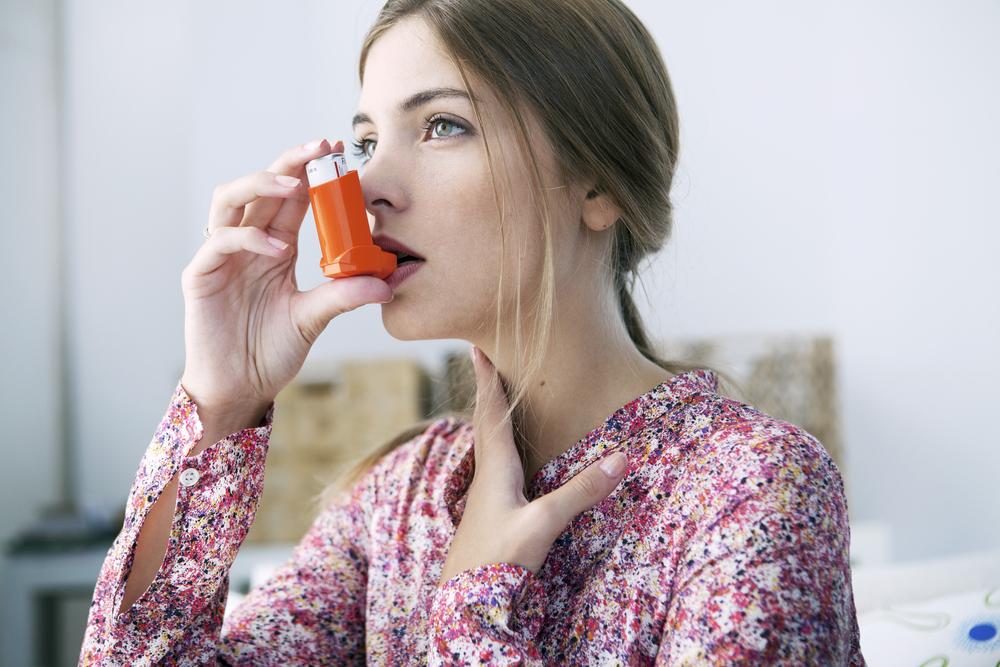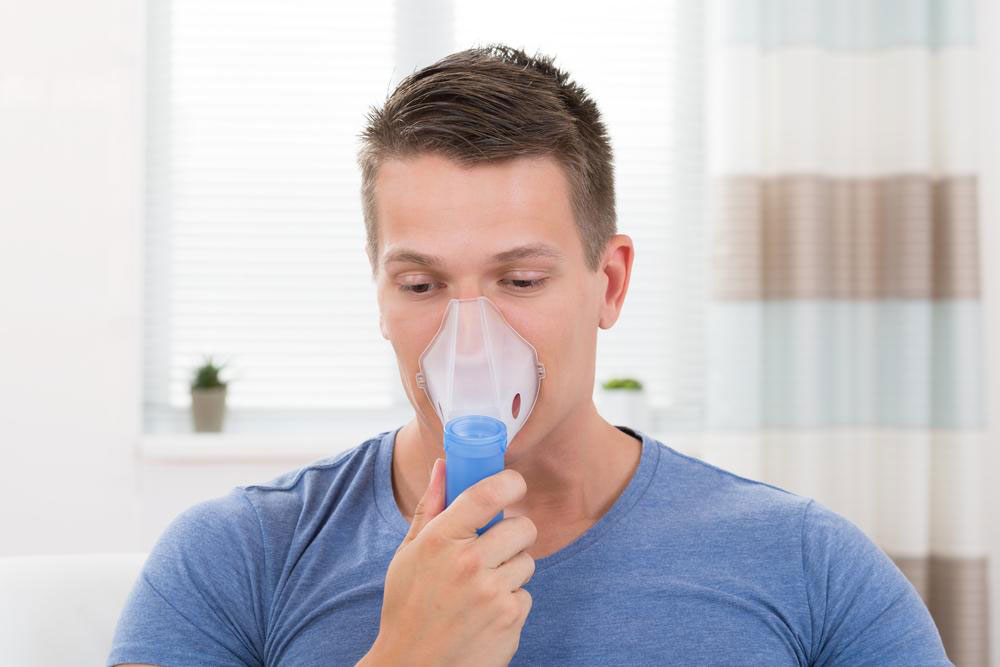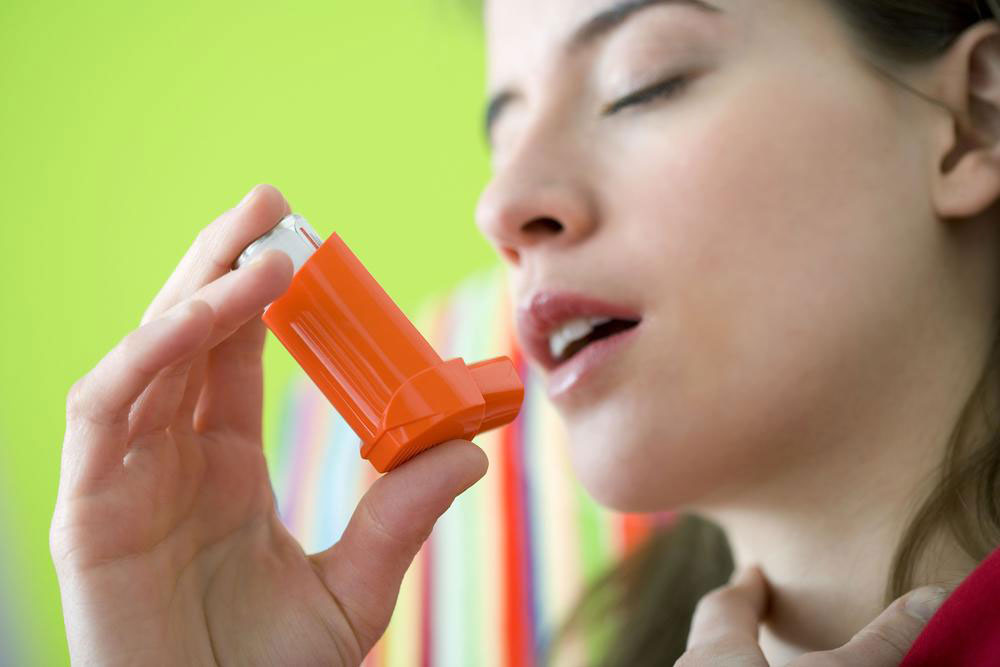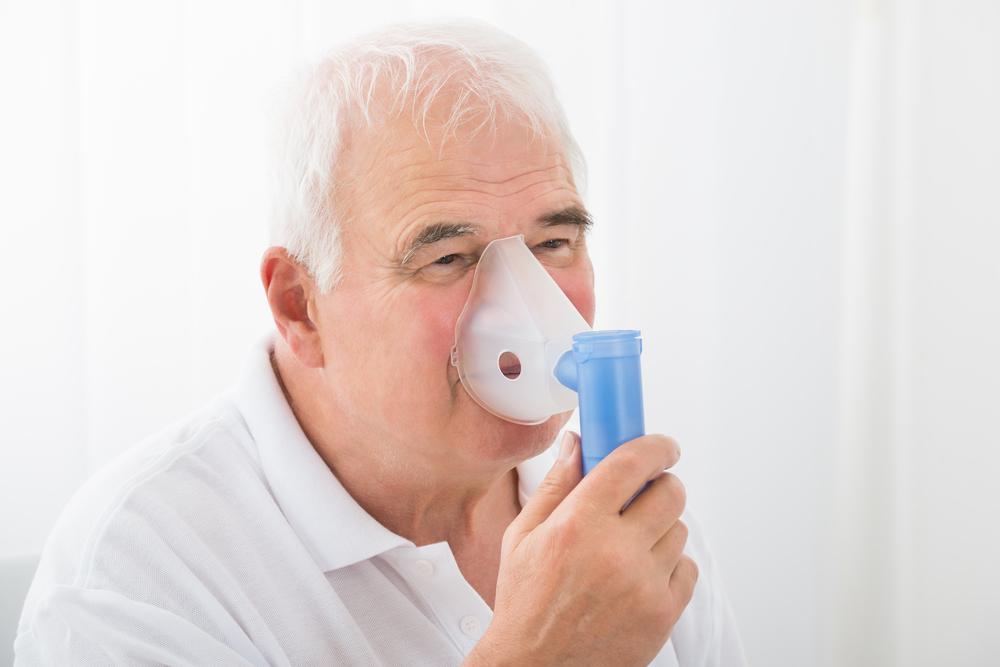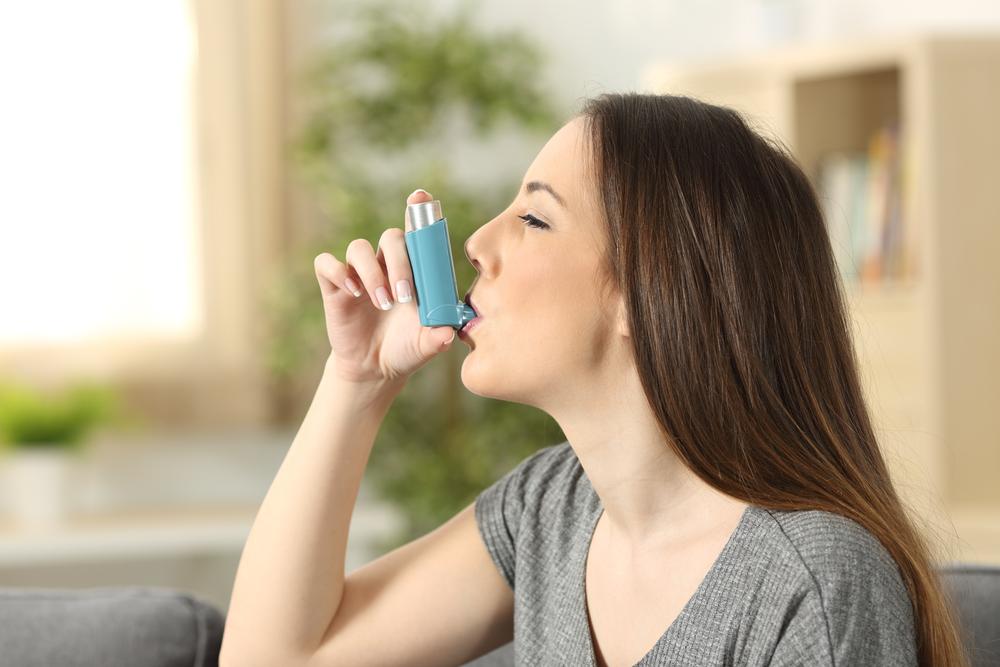In-Depth Exploration of COPD Inhaler Options: Types, Usage, and Effectiveness
This comprehensive guide explores various COPD inhaler types, including HFA, DPI, and SMI devices, emphasizing proper usage techniques and benefits. Understanding these options helps COPD patients optimize their treatment, improve breathing, and enhance quality of life. Regular consultation with healthcare providers ensures effective medication delivery and better disease management for sustained respiratory health.
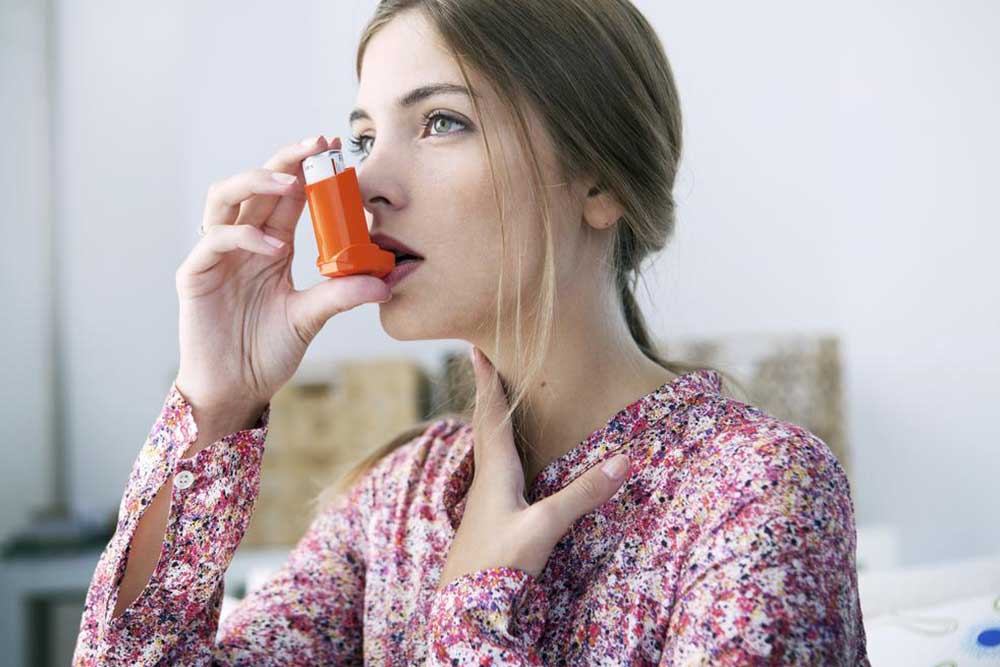
Comprehensive Overview of COPD Inhaler Varieties
Chronic obstructive pulmonary disease (COPD) is a persistent respiratory condition that significantly impacts millions of individuals worldwide. While there is currently no cure for COPD, a range of treatments are available to help individuals manage their symptoms, improve lung function, and enhance overall quality of life. Among these treatments, inhalers stand out as one of the most effective and targeted methods to deliver medication directly into the lungs, offering relief and ease of breathing. Proper understanding of different inhaler types, their usage instructions, and their benefits is critical for patients and caregivers alike.
Inhalers come in various designs, each catering to specific needs and preferences. Choosing the right inhaler and using it correctly can significantly improve medication delivery efficiency and treatment outcomes. Here, we delve into the primary types of inhalers used in COPD management, their mechanisms, and best practices for use.
Metered Dose Inhalers (MDIs or HFA Inhalers)
Metered dose inhalers, often known as HFA inhalers, are among the most common inhaler devices prescribed for COPD patients. They contain a pressurized canister filled with liquid medication, which is aerosolized upon activation. To use an HFA inhaler correctly, the patient should:
Remove the cap and shake the inhaler well before each use.
Position the mouth around the mouthpiece, ensuring a tight seal to prevent medication loss.
As you press down on the canister, inhale slowly and deeply through your mouth.
Hold your breath for about 10 seconds to allow the medication to settle in the lungs.
Exhale slowly and wait at least 30 seconds before taking another puff if prescribed multiple doses.
Some patients find it helpful to use a spacer device with their HFA inhaler, which facilitates easier inhalation and ensures more medication reaches the lungs, reducing the chances of oropharyngeal side effects.
Dry Powder Inhalers (DPIs)
Dry Powder Inhalers (DPIs) are an alternative to aerosol-based inhalers, delivering medication in a powdered form. They do not use propellants, making them environmentally friendly and often easier for some patients to use effectively. To operate a DPI:
Remove the cap and load the dose according to the device instructions.
Place your lips firmly around the mouthpiece.
Inhale quickly and forcefully to draw the powder into the lungs.
After inhalation, remove the device from your mouth and exhale gently.
It’s important to keep the device dry and protected from moisture, which can cause the powder to clump and reduce effectiveness.
DPIs require a fast and steady inhalation to ensure proper drug delivery. They are often favored by patients who prefer not to coordinate inhalation with device activation, which can be necessary with MDIs.
Soft Mist Inhalers (SMIs)
Soft Mist Inhalers, also known as SMIs, represent one of the most innovative inhaler technologies available today. These devices deliver medication in a fine, slow-moving mist, facilitating easier inhalation without the need for rapid or forceful breaths. To use an SMI:
Press the button to release the medication.
Keep the device upright, and inhale gently through the mouthpiece as the mist is released.
This mode of delivery minimizes the coordination required, making it especially suitable for elderly patients or those who struggle with traditional inhalers.
SMIs often improve medication deposition in the lungs and are considered user-friendly, increasing the likelihood of correct and consistent use.
Nebulizers and Their Role in COPD Treatment
While inhalers are portable and convenient, nebulizers are another form of delivering medications directly to the lungs. These devices convert liquid medication into a fine mist that can be inhaled using a mask or mouthpiece. Nebulizers are typically larger, require electricity or batteries, and involve a longer administration time. They are especially useful for patients who have difficulty using inhalers, such as young children or severe COPD cases.
However, due to their size and need for power sources, nebulizers are less practical for daily outdoor use compared to handheld inhalers. They are generally prescribed for home use or in clinical settings.
It is essential to note that both inhalers and nebulizers are prescription medications. Over-the-counter bronchodilator inhalers should be used cautiously and only under medical supervision, as improper use can lead to adverse effects or ineffective treatment. Patients must follow their healthcare provider’s instructions carefully and receive proper inhaler technique training to maximize benefits.
Proper Use of COPD Inhalers and Common Pitfalls
Correct inhaler technique is crucial for ensuring medication efficacy. Missteps like incorrect positioning, improper inhalation speed, or failure to hold breath can significantly reduce drug delivery to the lungs. Regular check-ups, patient education, and practice can help improve inhaler skills.
Healthcare providers often demonstrate the proper technique and may offer written instructions or videos. Patients should be proactive in clarifying doubts, avoiding over- or under-use, and adhering strictly to prescribed regimens.
Summary and Final Thoughts
Managing COPD effectively requires a combination of medication, lifestyle changes, and regular medical oversight. Inhalers remain the cornerstone of pharmacotherapy, offering targeted relief and symptom control. Understanding the different types, their correct usage, and when to consider each device can greatly enhance treatment outcomes. Always consult your healthcare provider for personalized recommendations and proper inhaler training, and do not hesitate to ask for help if you encounter difficulties in use.
